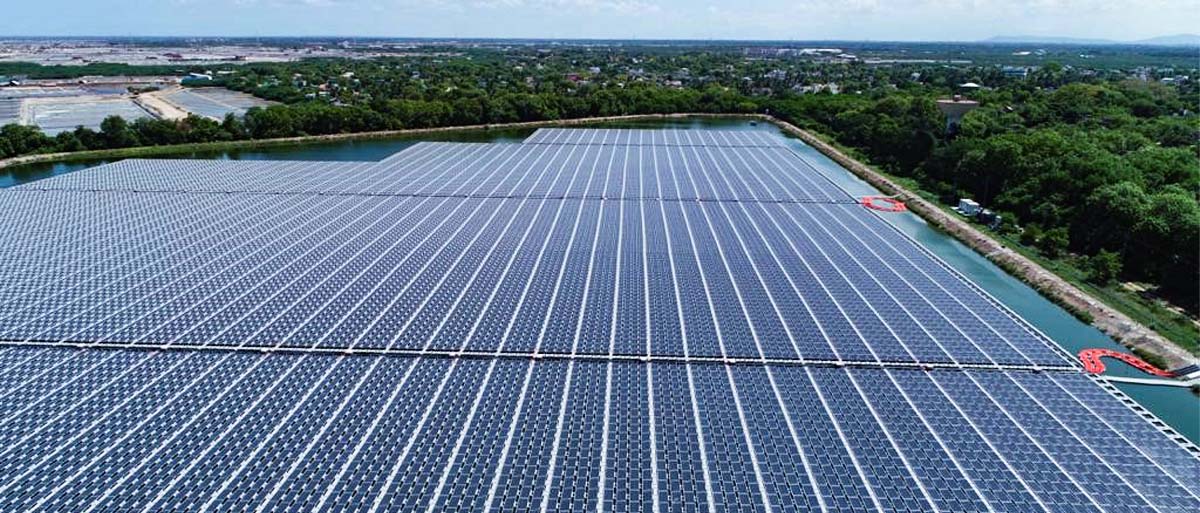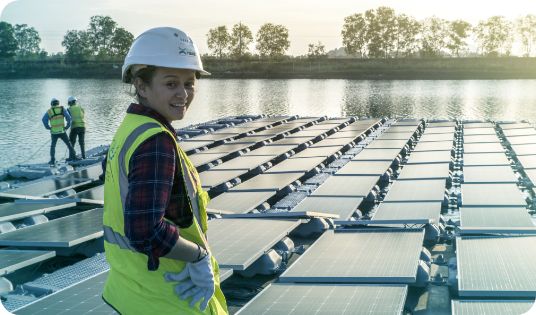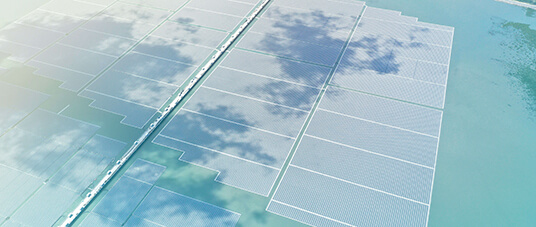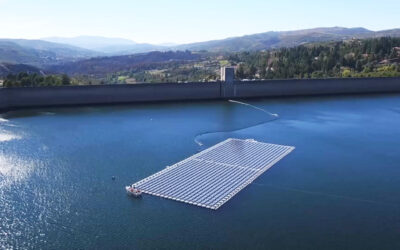WHAT IS THE COAL CRISIS NEWS ALL ABOUT?
If you’re from the Indian subcontinent, these are the headlines you’ve probably been hearing since the last couple of days. Thermal power plants in the country are running short of coal, creating a crisis, with a fear of blackout. States like Kerala, Maharashtra, Punjab, Karnataka, Madhya Pradesh, and the Union territory Delhi are urging their citizens to use electricity sparingly.
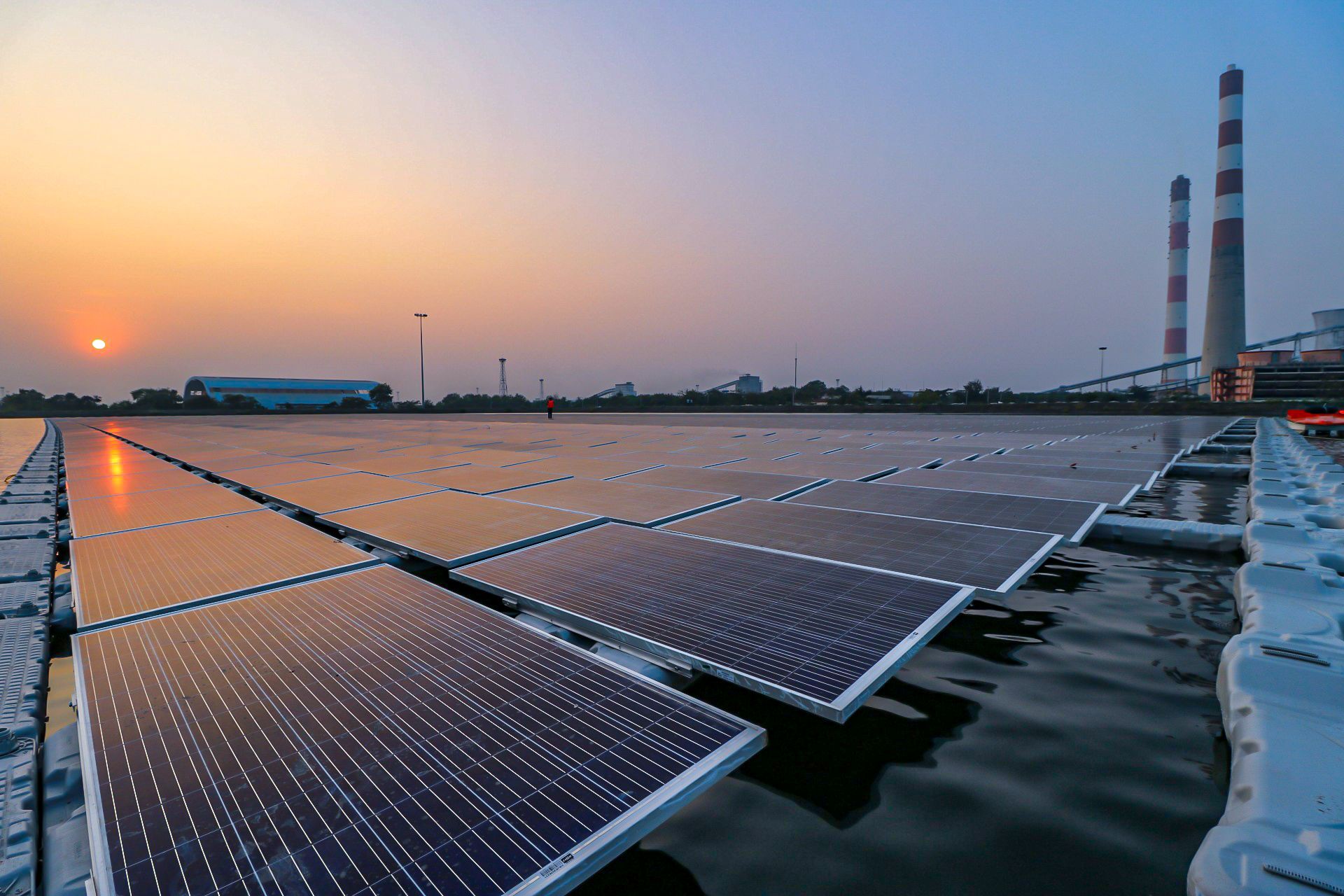
GREEN ENERGIES AS SOLUTIONS TO THE COAL CRISIS ?
The coal crisis is nothing but a high alert alarm for the country to switch to renewable energy. The Indian subcontinent, with a varied environment and topography, is suitable for a number of alternative green energy sources: like wind, hydro, solar, etc. Unlike thermal power, running out of resource is a near to impossible event with renewable energy.
Green energy produces clean energy that is friendly to the environment.
Though, India’s carbon emissions reaches the 3rd rank in the global list. Indeed, the per capita carbon footprint is 60% lesser than the global average.
By switching to green energy, the country can reduce its carbon footprint to a greater extent.
The country has set an ambitious target : to achieve 175 GW of installed renewable energy capacity by 2022 and 450 GW by 2030. Recently, India achieved its feat of 100 GW. As the 2nd most populated country, there is a high energy demand and scarcity of land. With plenty of water bodies in the country, floating solar India turns out to be a perfect solution to the situation.
The country has already begun its mission and installed floating solar plants on reservoirs, dams, lakes, ponds, etc.
SOME GOOD NEWS!
If you are wondering what would happen to the thermal power plants once renewable energy sources will represent the majority in use, we have an answer for that too.
In June 2021, Sagar Dighi Thermal Power Plant has commissioned the world’s first floating solar plant in a thermal power plant in West Bengal, on its raw water pond. The first benefits is that the floats prevent the water from evaporating. Secondly, the thermal power plant uses the saved water during the cooling process of the energy facility in summer.
Similarly, floating solar plants can be installed on abandoned coal pits and mining ponds that are no longer in use. For example, 70 MWp Anhui CECEP floating PV plant installed in China by Ciel & Terre is a perfect illustration. Indeed, it was installed in a former coal-mining area. Floating solar is a good means to restore areas which do no longer serve their purpose. Plus, with the help of “floatovoltaics” the water body is converted into an energy. Last but not least, FPV plants are money-yielding source, tending to the electricity needs as well as contributing to the economy.
